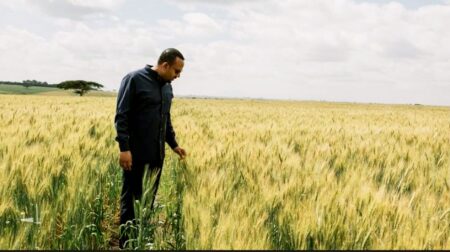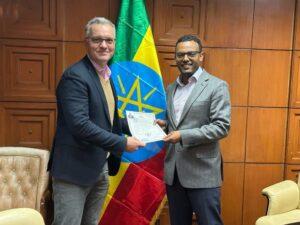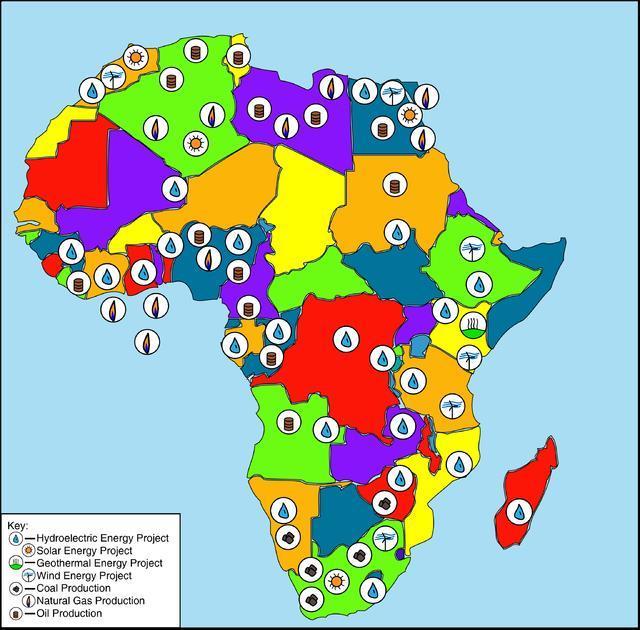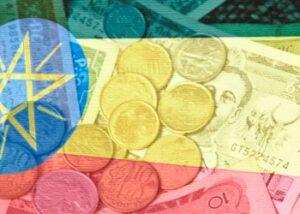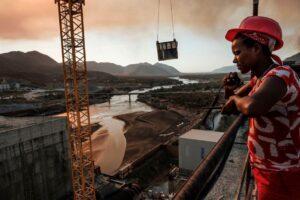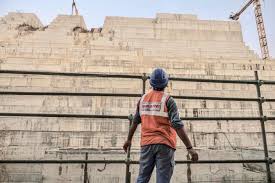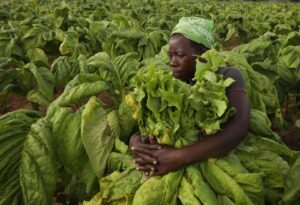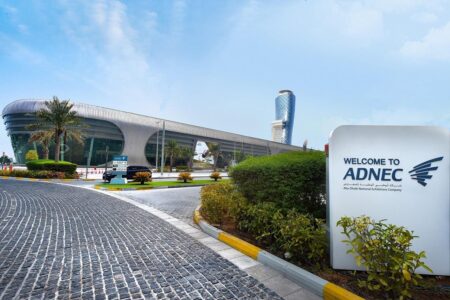- Abu Dhabi radiates optimism as over 300 startups join AIM Congress 2024
- TLcom Capital Raises $154 million in Funding to Boost Its African Growth
- Africa’s $824Bn debt, resource-backed opaque loans slowing growth — AfDB
- LB Investment brings $1.2 trillion portfolio display to AIM Congress spotlight
- AmCham Summit kicks off, setting course for robust future of US-East Africa trade ties
- Why the UN is raising the red flag on the UK-Rwanda asylum treaty
- Portugal’s Galp Energia projects 10 billion barrels in Namibia’s new oil find
- Wärtsilä Energy offers tips on how Africa can navigate energy transition and grid reliability
Ethiopia
- Fresh financing will bolster Ethiopia’s progress in achieving wheat self-sufficiency.
- Data shows Ethiopia’s wheat productivity has struggled to match the demands of a rising population, urbanization, and economic expansion over the past decade.
- Statistics show that Ethiopia’s annual wheat imports average roughly $600 million.
Ethiopia, the second-largest wheat producer in sub-Saharan Africa, has received a significant boost from the African Development Bank (AfDB) in the form of an $84.3 million grant aimed at propelling the nation’s wheat production to new heights.
The grant, a collaborative effort between the AfDB, the Government of the Netherlands, agribusiness firm OCP Africa, and the Global Center on Adaptation, holds the promise of not only enhancing wheat production but also bolstering exports.
CREW initiative in Ethiopia’s wheat production
As wheat gains prominence as a major crop cultivated across the vast expanse of African plains, Ethiopia strategically positions itself as a pivotal player in the sub-sector.…
- Safaricom targets a customer base of at least 10 million across 25 cities in the next year.
- Since Safaricom Ethiopia switched on its mobile telecommunications network, it has grown coverage from an initial 11 to 22 cities.
- Safaricom Ethiopia is building a wholly-owned mobile network and also has infrastructure sharing deal with state-owned Ethio Telecom.
Safaricom is now targeting a customer base of at least 10 million in Ethiopia in the next one year. The move is tailored to shake up the country’s telecommunication industry. Latest developments follows huge investments in the country, with cash transfer service M-PESA now on the table.
Since Safaricom Telecommunications Ethiopia switched on its mobile telecommunications network and services in Addis Ababa in October last year, major inroads have been made in the second-most populous country in Africa.
It has grown coverage from an initial 11 cities when it launched to 22. The telco with …
Africa has been hailed as the next frontier in the provision of global oil and natural gas resources, especially now in the wake of the ongoing Russia-Ukraine war.
This crisis has not only altered the global energy landscape, but also instigated an inflation in gas prices, given the former’s position in the hierarchy of major global producers. As sanctions continue to soar, Europe has embarked on a quest to find contingency energy supplies, as it seeks to minimize its dependency on Russia; which has already cut off gas supplies to countries like Finland, Poland and Bulgaria, over energy payment disputes.
Consequently, Africa’s gas resources have gained a newly found prominence, pertinently by the European Union (EU); owing to the continent’s rich endowment of oil and deep gas reserves. The mounting global demand for gas, has been pushing international energy companies to reconsider African projects. The numerous ongoing and upcoming oil …
Consider this, the first US 100 dollar bill note was issued in 1862 and the version that you know now, the Federal Reserve note featuring the US founding Father Benjamin Franklin on the foreside, was actually launched in 1914. This means that if your great, great, great grandfather happened to bury a chest full of US100 dollar bills since then, you could still today unearth it and the bill would be accepted as legal tender i.e. the same bill note is still in circulation today.
Well not quite but you get the idea. Actually, the US100 dollar bill that is used today came into circulation on July 13, 1969 and as of December 2018, the average life of a $100 bill in circulation is approximately 30 years before it is replaced due to wear. …
Ethiopia has had a good run as a country these past few years and its national carrier has had an even better time in business despite the Covid-19 pandemic.
The pandemic has almost crushed many airlines but Ethiopian has remained one of the most resilient ones not only in Africa but also globally.
Ethiopian Airlines has performed so well that Airbus has awarded it for its unique agility and resilience that it displayed amid the global crisis.
Functioning under Ethiopian Airlines Group, which is the largest aviation group in Africa, the airline has managed to maintain the operation of all its fleet in a sector where its peers are operating at 10 per cent of their capability. Many airlines have gone bankrupt leading to many losing their livelihoods.
Also Read: Lessons from Ethiopian Airlines success despite pandemic
To survive the Covid-19 onslaught, Ethiopian converted its A350 passenger aircraft to …
Ethiopia wants to join the World Trade Organization (WTO), the historically technocrat country now wants to open its doors and become a market economy.
This means privatizing its industries, a move that the country was previously reluctant to take. However, over the last eight years, Ethiopia has been making major economic reforms and the world has begun to notice.
Under the new liberalization policy, Ethiopia will now privatize some key sectors like its telecom industry and its national pride, the airlines led by Air Ethiopia as well as its banking and logistics sectors.
The world has taken notice and to urge and nudge the country on, the international community has allowed it to resume negotiations with the WTO.
A bid 8 yrs in making
Ethiopia started to make moves towards joining the WTO some 8 years ago when it first filed its application and a Working Party was formed in …
The Ethiopian Grand Renaissance Dam is inching closer to completion, rekindling the environmental and political controversies that have dogged the project from the start nearly 10 years ago. In addition, recent satellite images show a steady increase in the amount of water being held back by the new mega dam. Mahemud Tekuya explains what’s at stake.
The current dispute over the Grand Ethiopian Renaissance Dam is directly linked to colonial-era Nile treaties. During the scramble for Africa, controlling the source of the Nile was a major colonial goal for the British. In 1902, the UK and Ethiopia concluded the Anglo-Ethiopian Treaty in which Ethiopia agreed not to arrest or totally block the flow of the Nile.
Then there was the Anglo-Egyptian Treaty signed in 1929. This was between the British (on behalf of its colonies, Sudan, Kenya, Tanzania and Uganda) and Egypt. The treaty prevented British East African colonies …
I can vividly remember sitting in a Nairobi classroom in Kenya and scribbling away my discussion to validate that assertion. I also clearly remember answering the same question in Ordinary Level Secondary school in Jinja, Uganda and when I returned to my country of birth, Tanzania, I again had to respond to the same question in Advanced Level High School.
My explanation was simple, Egypt is a dessert country and its main source of fresh water is the Nile. Without the Nile, they would be no Egypt…
It was the correct answer; the answer that my teacher liked and am sure so does Egypt. What of the countries of East Africa, the source of the Nile. Well, the teaching goes, they too need the Nile, but since they are tropic countries that receive considerable amount of annual rains, they don’t need the Nile as much as Egypt does.
That is …
Ethiopian Airlines Africa’s largest air carrier has announced via its chief executive officer that it plans to build Africa’s largest airport this year costing $ 5 billion.
The airline chief Tewolde Gebremariam told the Ethiopian Broadcasting Corporation that the airport could be bigger than France’s Charles de Gaulle, and the construction will start in the next six months.
According to a report by Reuters, Gebremariam was quoted by the Ethiopia News Agency that, the airport, which will cover an area of 35 square km, will be built in Bishoftu, a town 39 km south east of the capital, and have the capacity to handle 100 million passengers a year.
“Bole Airport is not going to accommodate us; we have a beautiful expansion project. The airport looks very beautiful and very large but with the way that we are growing, in about three or four years we are going to be …





